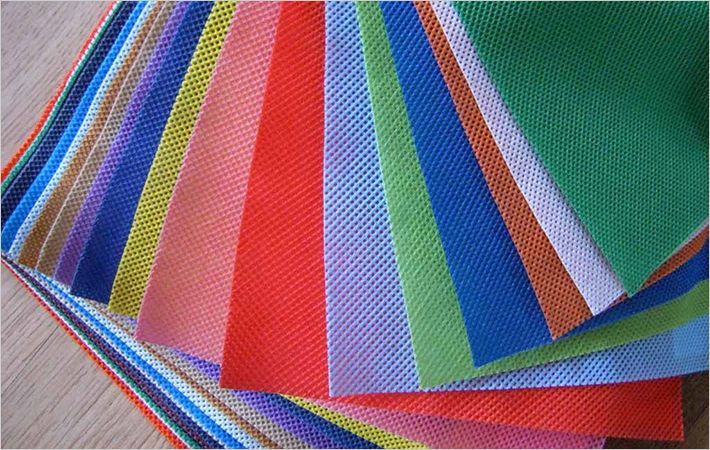By Dario Pezzoni and Bernard Cruycke (ITEMA Weaving - Italy) Rapier looms have long since been equipped with a weft detector based on the piezo-electric effect. During weft insertion, the rapid movement of the weft stimulates the piezo crystal to produce a small signal. Utilizing amplification and electronic circuitry, the weft detector causes the rapier loom to stop in the event of weft breakage.
Today's weft stop detector systems are used in such a way that the detector gives very little information to the microprocessor of the rapier-weaving machine. In very basic terms, the weft detector signals the loom to continue to run or to stop. Certain advanced types of weft detectors allow detection of desired or undesired double insertion, but no other information is transmitted to the loom other than the “go / no go” decision made by the detector itself. Another feature of the new Maestro System allows the weft pattern information to be linked with the signal processing of the numerical values provided by the weft detector. This is completely #
In most situations, weft detectors require significant time & attention in the creeling of packages and the thread-up of weft yarns through the detector eyelets. Double insertion must originate and be maintained from designated eyelets and it is not always possible to change. Also, mixing of the same weft in single and then in double insertion is not always possible. Further, even if the detector offers an individual sensitivity setting for each eyelet, the procedure is complex and requires an experienced technician.
During ITMA 2011 in Barcelona, ITEMA introduced the Maestro Weft Monitoring System on its new Silver 501 Rapier Machine. Maestro, unlike any of its competitors, uses a special weft detector that transmits signals from each eyelet to the microprocessor of the loom. Innovative software from the loom's microprocessor allows real time analysis of the signal and thus efficient handling of all weft breakage conditions.
The weft detector has been designed to produce a numerical value for each of the 8 or 12 eyelets of the detector. If no weft is inserted for a given position the signal value will be extremely low (the signal noise level), if a weft yarn is moving in the eyelet, the numerical value can go up as high as 4000, thus offering a very good signal/noise ratio. For each pick insertion, the 8 or 12 numerical values are continuously transmitted to the loom's micro-processor, multiple times for each pick. In fact, the numerical values are transmitted for each degree of the weaving cycle. The data communication between weft detector and the loom's electronics is handled by a very fast and secure means of data communication. Clearly, this weft monitoring method also requires a fast loom microprocessor. With ITEMA's new electronic NCP (common electronic platform for all ITEMA's loom types) which was also introduced during ITMA 2011, the required computation power is guaranteed even at extremely high rapier weaving speeds; such as the 750RPM demonstrated on the Silver 501 during ITMA.
With transmission of the numerical values, the software is capable of drawing the insertion curve for each eyelet of the weft detector. This curve can be viewed on the touch screen display of the weaving machine. The insertion curve is available for each of the 8 or 12 eyelets of the weft detector.
Typical to other weft detection systems, the sensitivity and control zone have to be defined. With the Maestro System, the control zone is defined specifying the degree in the weaving cycle for the start and stop of the 2 zones in which the weft insertion is controlled. The first zone goes from the beginning to the middle of the insertion; the second zone from the middle to the end. In each of the 2 control zones, the software will check if the numerical value of the inserted weft is above the threshold. The thresholds are predetermined and defined for each eyelet. This is an easy procedure by using the up/down arrows on the touch screen display. Therefore, the need to use potentiometers or other setting methods is eliminated.
The individual sensitivity setting or definition of the threshold does not make the Maestro more expensive, all functionalities are handled through software. During weaving Maestro will continuously compare if the numerical values transmitted by the weft detector stays, while in a control zone, above the defined threshold. If not, Maestro will stop the loom for weft breakage.

